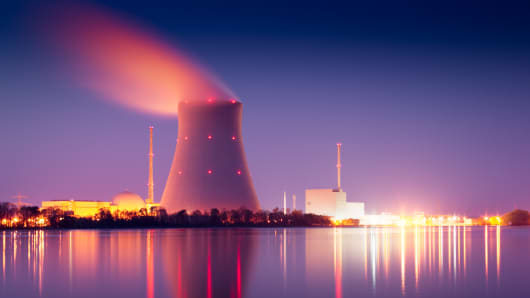Enel of Italy has signed the first energy deal with Mexico since a landmark reform last month to open up the country’s hydrocarbons resources and power sectors.
Fulvio Conti, Enel chief executive, signed a memorandum of understanding with the Mexican Institute of Electrical Investigation to co-operate on geothermal generation and smart grids, two areas that Mexico is keen!!
“Enel has over a century of experience in the geothermal industry and is running projects with this clean resource in many countries,” said Mr Conti, who was leading a business delegation accompanying Enrico Letta, the Italian prime minister.
The two sides will share information and knowhow via pilot projects, training programmes and technology transfers, but there was no immediate word on how much Enel planned to invest under the deal.
The Mexican government wants to implement smart grids to boost efficiency and to increase the proportion of renewables in the country’s power generation mix.
The energy reform, passed in December and due to be implemented early this year, is designed to attract investment into Mexico’s energy and power sectors, and the government says it will lead to a cut in the country’s high electricity prices.
While investor focus has been trained on the vast opportunities in Mexico’s hydrocarbons sector, including rich deep water and shale resources, experts say the opening up of the electricity sector will have a swifter impact.
Though some private generation has been permitted since 1992, and more than three-quarters of new installed capacity in the past 16 years has come from the private sector, private companies in Mexico including Spain’s Iberdrola and Unión Fenosa, and Japan’s Mitsubishi, have been limited to selling via the state electricity company CFE.
Enel, Italy’s largest power company and Europe’s second-biggest listed utility by installed capacity, has a broad presence in Latin America where its Endesa unit and subsidiaries are the biggest private sector operator. It has already invested some $800m in Mexico through its Enel Green Power unit, which runs renewable energy plants in Mexico, Costa Rica, Guatemala, Panama, Chile and Brazil, including hydroelectric plants and wind farms in Mexico.
Enel describes its presence in Mexico as “still small but interested in growing”.
Mr Conti said Mexico’s energy reform was “an important step forward for Mexico towards modernity. It introduces more efficiency in the use of energy and envisages a better use of the country’s resources”.

























